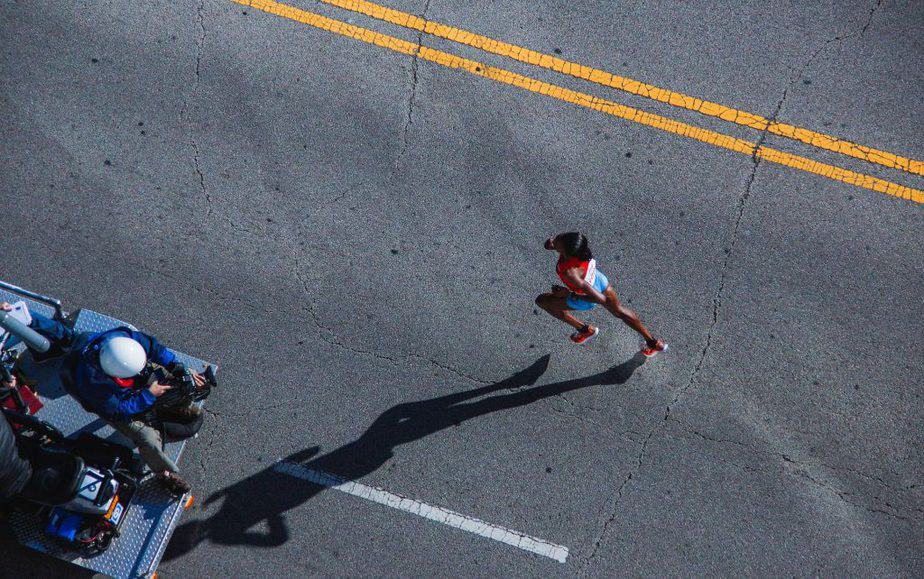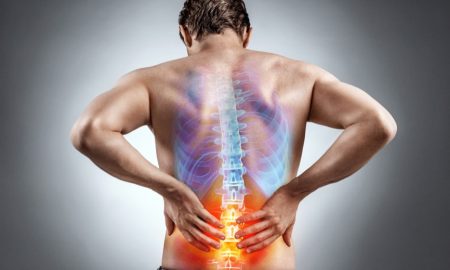
With the hiking popularity of the ketogenic diet, it’s not only overweight individuals who are procuring its advantages. Athletes, and particularly many CrossFit athletes, tend to find this diet highly effective and beneficial when it comes to maintaining a lean body along with hiking their endurance level.
However, there are some pivotal things that need to be assessed before you go ahead and take the plunge. Not only will they maximize you results, but they will also keep you from any potential side effects. Here’s a look at some handy ways to leverage the keto diet in order to turn your body leaner than ever.
Obey the calls of your body
Although ketosis uses fat as a fuel to supply to the body’s energy requirements, by default, the body tends to utilize glucose to gain energy. Circumstances where the person is subject to extreme physical labor, the body mechanisms tend to shift back to glycolysis. This will eventually leave you feeling extremely hungry, unsatiated, and cause a rapid drop in energy levels.
This is exactly why endurance athletes are suggested to opt for keto routine only during off-seasons when they’re not training for a performance.
Do not undereat
Common myths associated with weight and weight loss might suggest that eating less or starving yourself helps in cutting down calories, and helps in weight reduction. However, cutting down calories without a backup plan will stimulate your body mechanisms, causing a fall in the functionality.
In such a scenario, the athlete will tend to consume more calories in the next meal, which isn’t a good thing for someone trying to lose weight and keep the body significantly active.
Remain consistent even though the initial days are tough
The beginning of anything new is bound to be obstructed by breaking old habits and blending into new ones. Likewise, the initial days of starting keto diet plan leave you devoid of energy with a load of confusion fogging up your mind. The primary source of energy for the brain is glucose, and as the body shifts to ketosis, i.e., breaking down fat to obtain energy, the brain functions slow down.
However, once you’ve crossed this phase and the body has completely switched to ketosis, you can find your energy levels going back up.
Avoid a new workout routine in the beginning
A physical workout routine can help you keep your muscles active and also aid in weight loss. However, it is suggested not to try a brand new exercise program during the starting days of your keto. This might end up lowering the energy levels in the brain and cause irritability of iciness.
Therefore, a light workout routine or a part of the usual routine that you follow can be considered for the time being until the body has fully adapted to the new food style.
You should also stay consistent with your diet before an event. According to KetoVale, if you’re only a few weeks away from your event, you should stick to your program and don’t make any unnecessary drastic change. That means if you didn’t do keto before, you should wait until your event is over and then start keto, instead of going keto right before your competition to avoid a performance plummet.
Eat adequate amounts of fat
The main source of energy while on a keto diet shifts from glucose to fat and to ensure that you can function smoothly, adequate consumption of fat is necessary. This routine will inevitably leave you craving for untimely snacks and will reduce your muscle mass dramatically.
Moreover, when the body doesn’t get supplied with ample quantities of fat, you will feel low on energy. That also hinders your weight loss journey. To avoid such a phase, ensure that you consume enough healthy fats in your regular diet. Inclusion of Omega 3s and other fats, preferably from coconut oil, avocado, cocoa butter is a must while on keto.
Opt for cardio to lose weight faster
The body mechanism is structured to translate glucose or glycogen obtained from carbs to energy in the form of adenosine triphosphate (ATP) or adenosine diphosphate (ADP). However, during ketosis, this mechanism is transferred to the breaking down of fat to release energy. To kick-start this process, a lot of external fat is to be supplied to the body via regular meal consumption.
However, once the individual gets running into ketosis, he starts losing weight drastically. And to support this transformation, a little physical activity does no harm. Aerobic exercises such as running, cycling, swimming can help you get rid of stubborn fat that is stored in your subcutaneous along with helping you have that lean athletic body.

















Follow Us